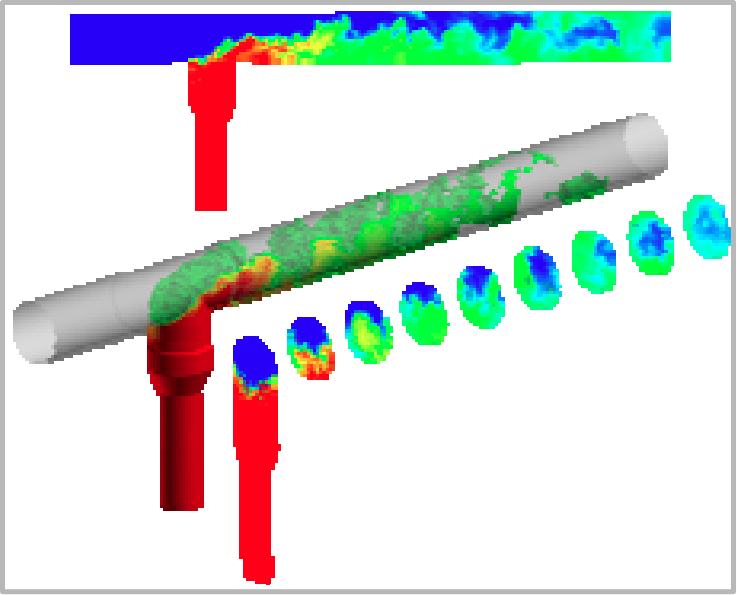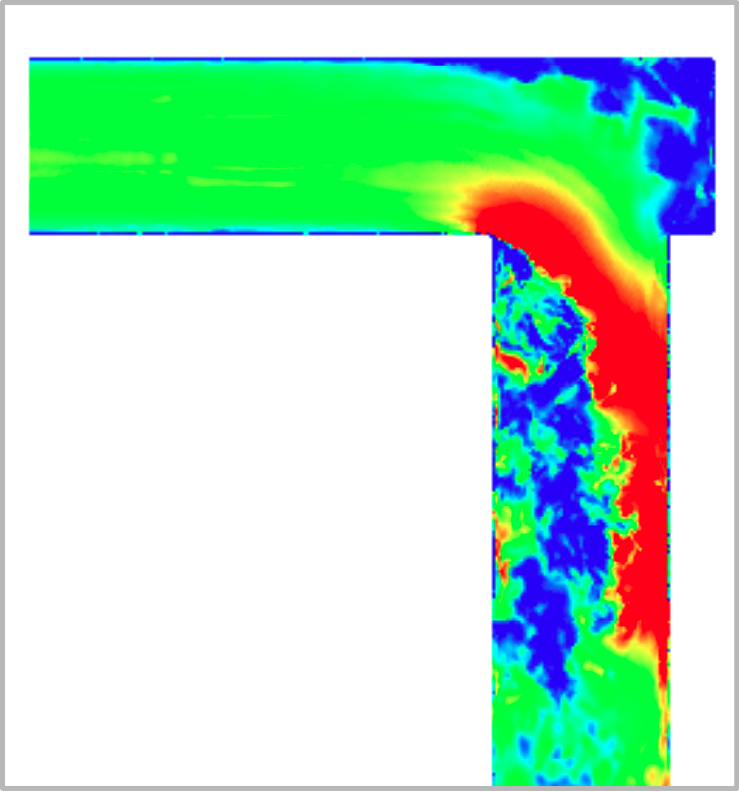-
Client
Major oil and gas operator
-
Business need
Understand the cause of unusual flow induced vibration.
-
Why Frazer-Nash?
Frazer-Nash are industry experts in applying advanced computational simulation techniques to structural analysis and design.
The challenge
Vibrations caused by the unsteady flow of production fluids are hard to predict (Flow Induced Vibration, or FIV), and can create unacceptable levels of fatigue. If FIV problems occur, then the situation must be rapidly examined to establish how production can be maintained at an acceptable level.
In this project our client measured vibration levels that were neither predicted nor explained by conventional engineering studies. We were asked to make a more detailed study that would explain the phenomenon and hopefully provide a justification for continued high production rates.
Why choose Frazer-Nash?
Frazer-Nash’s expertise in detailed fluid dynamics, fatigue analysis and subsea pipelines means that we are ideal for multi-discipline investigations of this type. The complexity of subsea systems required detailed analysis of specific features and components coupled with a parallel assessment of the global system dynamics.



